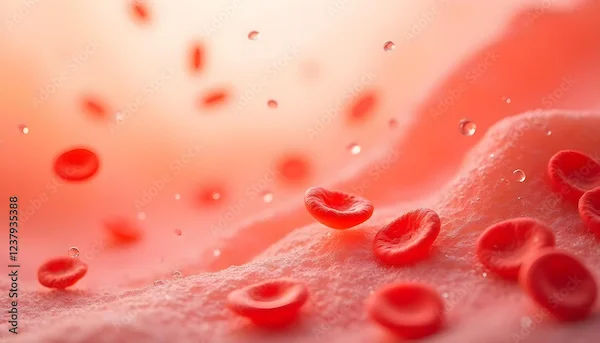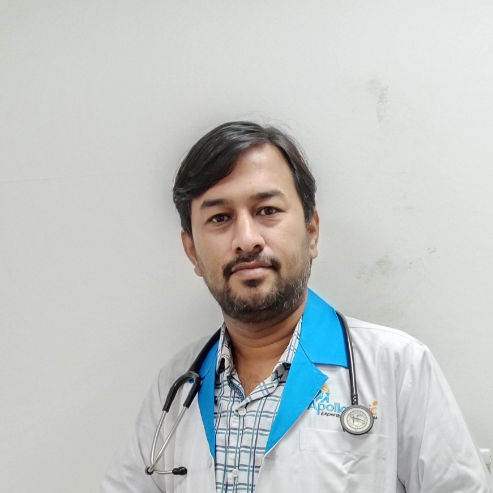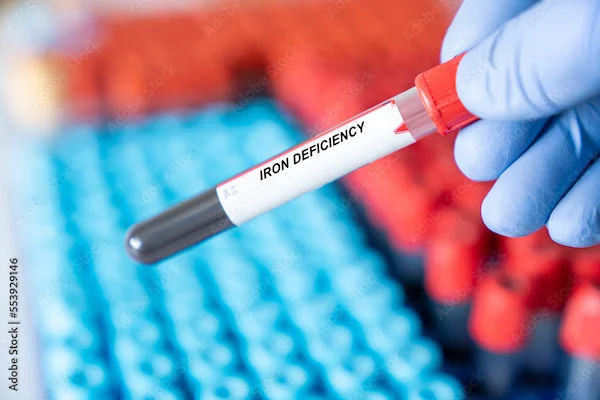Dangerous Levels of Platelets Explained
Know all about platelets, when they are dangerous, causes and symptoms of dangerous levels of platelets. Learn about the diagnosis and management of dangerous levels of platelets.

Written by Dr.Sonia Bhatt
Last updated on 21st Jul, 2025

Introduction
Platelets are tiny blood cells that help your body form clots to stop bleeding. However, having too few or too many platelets can lead to serious health problems. In this article, we’ll explain what dangerous platelet levels mean, their causes, symptoms, and how to manage them effectively.
What Are Platelets?
Platelets (also called thrombocytes) are essential for blood clotting. When you get a cut or injury, platelets rush to the site, stick together, and form a plug to prevent excessive bleeding. A normal platelet count ranges between 150,000 to 450,000 platelets per microliter of blood.
When Platelet Levels Become Dangerous
1. High Platelet Count (Thrombocytosis) – When platelet counts exceed 450,000, it can cause abnormal clotting, leading to strokes or heart attacks.
2. Low Platelet Count (Thrombocytopenia) – When counts drop below 150,000, excessive bleeding or bruising can occur.
Both conditions require medical attention to prevent complications.
Causes of Abnormal Platelet Levels
High Platelet Count (Thrombocytosis)
It is of two types:
Primary Thrombocythemia – A bone marrow disorder where the body produces too many platelets.
Secondary Causes – Infections, iron deficiency, surgery, inflammation (like rheumatoid arthritis), or cancer.
Low Platelet Count (Thrombocytopenia)
It is of three types:
Decreased Production – Due to leukaemia, vitamin deficiencies (B12/folate), or chemotherapy.
Increased Destruction – Autoimmune diseases (like ITP), infections (Dengue, HIV), or certain medications.
Enlarged Spleen – Traps platelets, reducing their count in circulation.
Consult a Top haematologist for the best advice
Symptoms to Watch For
High Platelet Symptoms
The symptoms include:
Headaches or dizziness
Chest pain or shortness of breath
Numbness in hands/feet
Blood clots (deep vein thrombosis)
Low Platelet Symptoms
The symptoms include:
Easy bruising or petechiae (tiny red spots)
Prolonged bleeding from cuts
Nosebleeds or gum bleeding
Heavy menstrual bleeding
If you experience any of these symptoms, consult a doctor immediately.
How Are Platelet Disorders Diagnosed?
A Complete Blood Count (CBC) test measures platelet levels. If abnormal, further tests may be needed:
Bone marrow biopsy (for persistent high/low counts)
Blood clotting tests
Ultrasound (to check for clots or spleen issues)
You can easily book a CBC test or consult a haematologist on Apollo 24|7 for quick diagnosis.
Managing Dangerous Platelet Levels
For High Platelets (Thrombocytosis)
Medications – Blood thinners (aspirin) or platelet-lowering drugs (hydroxyurea).
Lifestyle Changes – Stay hydrated, avoid smoking, and exercise regularly to improve circulation.
Dietary Tips – Eat garlic, ginger, and omega-3-rich foods (salmon, flaxseeds) to reduce clotting risk.
For Low Platelets (Thrombocytopenia)
Medications – Steroids or immune-suppressing drugs (if autoimmune-related).
Avoid Injury – Be cautious with sharp objects, contact sports, or heavy lifting.
Dietary Support – Increase vitamin C (citrus fruits), leafy greens (for folate), and lean proteins.
When to See a Doctor?
Seek immediate medical help if you notice:
Unexplained bruising or bleeding
Severe headaches or vision changes
Chest pain or difficulty breathing
Early diagnosis and treatment can prevent life-threatening complications.
Final Thoughts
Dangerous platelet levels can silently harm your health, but with awareness and timely care, they can be managed effectively. If you suspect an issue, get tested early and consult a specialist to stay safe.
Consult a Top haematologist for the best advice
Consult a Top haematologist for the best advice

Dr. Sonal Paul
Haematologist
9 Years • MBBS, MD Pathology, DM Clinical Haematology
Kolkata
SATKRIT HEALTHCARE - A MULTISPECIALITY CLINIC, Kolkata

Dr.sanchayan Mandal
Oncologist
17 Years • MBBS, DrNB( MEDICAL ONCOLOGY), DNB (RADIOTHERAPY),ECMO. PDCR. ASCO
Kolkata
Dr. Sanchayan Mandal Oncology Clinic, Kolkata
Dr Sumanth R
General Physician
2 Years • MBBS
Bengaluru
PRESTIGE SHANTHINIKETAN - SOCIETY CLINIC, Bengaluru

Dr. Thorana Prakash M
General Physician
2 Years • MBBS
Bengaluru
PRESTIGE SHANTHINIKETAN - SOCIETY CLINIC, Bengaluru

Dr Abilash Jain
General Physician/ Internal Medicine Specialist
12 Years • MBBS,DNB(FM),MNAMS,FIAMS,CCGMG(GERIATRICS),DGM (GERIATRICS),PGCD(DIABETES,BOSTON UNIVERSITY),FID(DIABETICS UK)CCEPC(PALLIATIVE CARE),CCCC(CRITICAL CARE)
Visakhapatnam
Apollo Clinic Vizag, Visakhapatnam
Consult a Top haematologist for the best advice

Dr. Sonal Paul
Haematologist
9 Years • MBBS, MD Pathology, DM Clinical Haematology
Kolkata
SATKRIT HEALTHCARE - A MULTISPECIALITY CLINIC, Kolkata

Dr.sanchayan Mandal
Oncologist
17 Years • MBBS, DrNB( MEDICAL ONCOLOGY), DNB (RADIOTHERAPY),ECMO. PDCR. ASCO
Kolkata
Dr. Sanchayan Mandal Oncology Clinic, Kolkata
Dr Sumanth R
General Physician
2 Years • MBBS
Bengaluru
PRESTIGE SHANTHINIKETAN - SOCIETY CLINIC, Bengaluru

Dr. Thorana Prakash M
General Physician
2 Years • MBBS
Bengaluru
PRESTIGE SHANTHINIKETAN - SOCIETY CLINIC, Bengaluru

Dr Abilash Jain
General Physician/ Internal Medicine Specialist
12 Years • MBBS,DNB(FM),MNAMS,FIAMS,CCGMG(GERIATRICS),DGM (GERIATRICS),PGCD(DIABETES,BOSTON UNIVERSITY),FID(DIABETICS UK)CCEPC(PALLIATIVE CARE),CCCC(CRITICAL CARE)
Visakhapatnam
Apollo Clinic Vizag, Visakhapatnam




